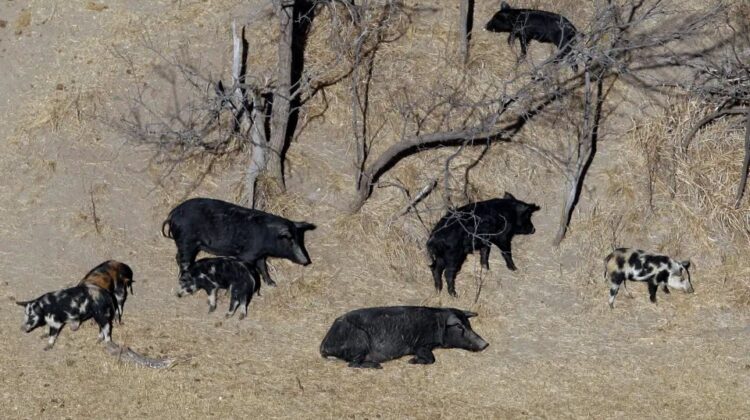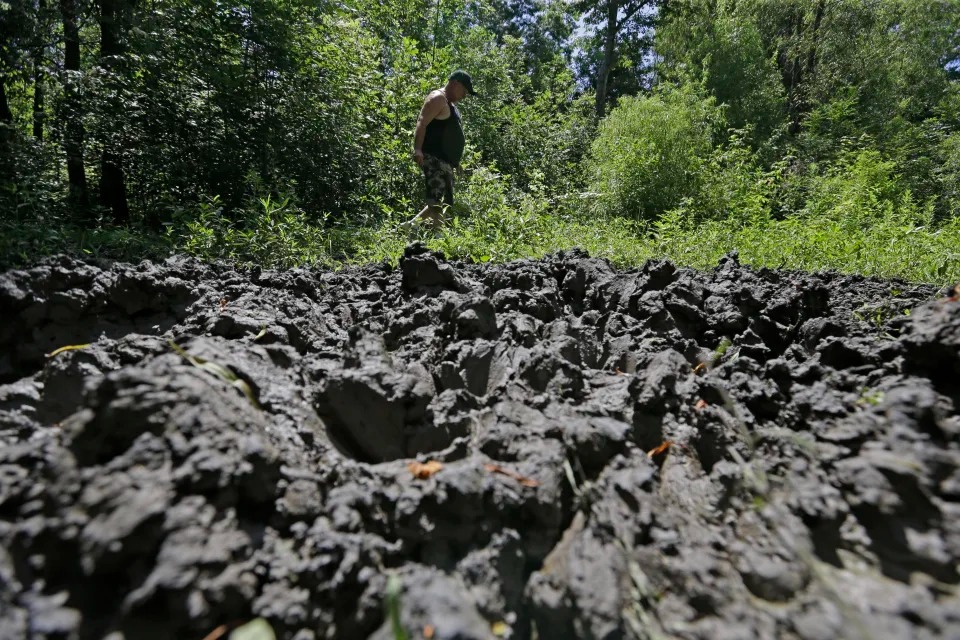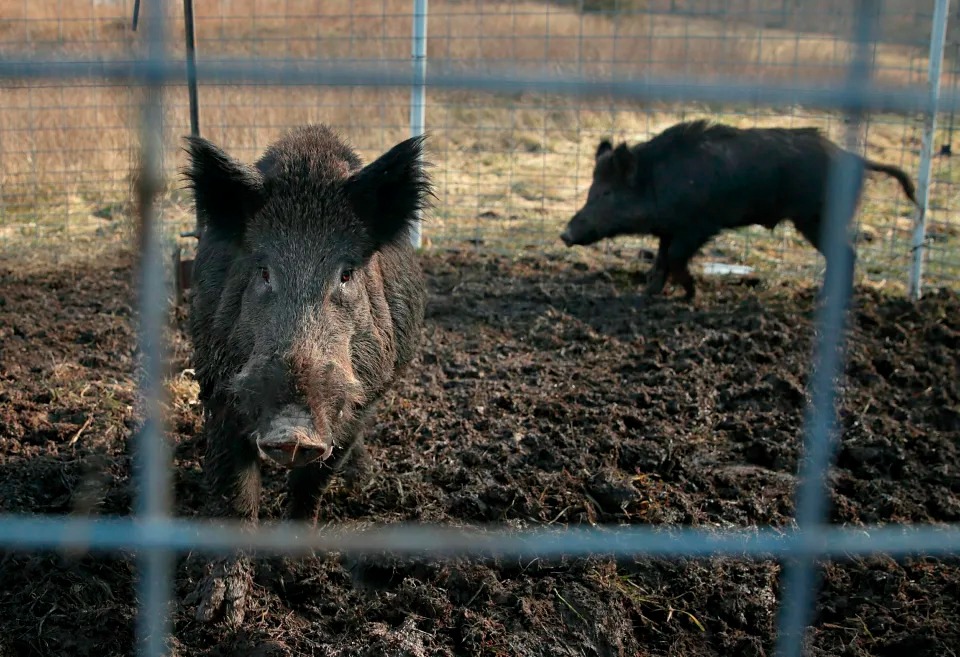
A concerning ecological threat is brewing in the expansive wilds of Canada, and its implications are reaching across the border into the United States. A burgeoning population of hard-to-eradicate “super pigs” is menacing the northern states, with Minnesota, North Dakota, and Montana scrambling to prevent their invasion.
The term “super pigs” refers to a hybrid breed found in Alberta, Saskatchewan, and Manitoba, combining the survival instincts of wild Eurasian boars with the size and prolific breeding capabilities of domestic swine. This unholy alliance has given rise to a resilient and rapidly multiplying species, triggering alarm bells among researchers and conservationists.

Ryan Brook, a professor at the University of Saskatchewan and a leading authority on the issue, labels feral swine as “the most invasive animal on the planet” and likens them to an “ecological train wreck.” The roots of this problem can be traced back to the 1980s when Canadian farmers were encouraged to raise wild boars. However, when the market collapsed in 2001, some farmers released the pigs into the wild by cutting their fences.
The “super pigs” turned out to be highly adaptable to the Canadian environment, particularly excelling in surviving harsh winters. Smart, furry, and resourceful, these creatures pose a significant threat by devouring crops, tearing up land in search of food, and even spreading diseases to hog farms, such as the dreaded African swine fever. Their rapid reproduction rate, with a sow capable of producing two litters per year, exacerbates the problem.

Despite efforts to control the population through hunting, the success rate is alarmingly low, ranging from 2% to 3%. Moreover, hunting makes the pigs more elusive and nocturnal, complicating eradication efforts. Already causing around $2.5 billion in annual damage to U.S. crops, particularly in southern states like Texas, wild pigs are not just an economic threat but can also be aggressive towards humans, with fatal incidents reported.
The situation is dire in Manitoba and Saskatchewan, where eradication is deemed impossible. However, some U.S. states are taking proactive measures. Montana, for instance, has banned the raising and transporting of wild pigs within the state. Dr. Brook emphasizes the need for aggressive strategies, combining various tools, including large ground traps like the “BoarBuster” and net guns fired from helicopters.

In Minnesota, the Department of Natural Resources is set to release a report in February addressing gaps in its management plan and proposing new preventive measures. Simultaneously, the U.S. Department of Agriculture is utilizing aircraft and drones to enhance surveillance along the northern border.
While the eradication of wild pigs seems unattainable in the near future, efforts by the USDA, such as the National Feral Swine Management Program, have shown success in states with smaller populations. The goal is to limit their expansion and mitigate damage in regions where they are already established. The battle against these “super pigs” is ongoing, emphasizing the necessity for a collaborative and proactive approach to safeguard ecosystems and agricultural livelihoods from this invasive menace.

Leave a Reply